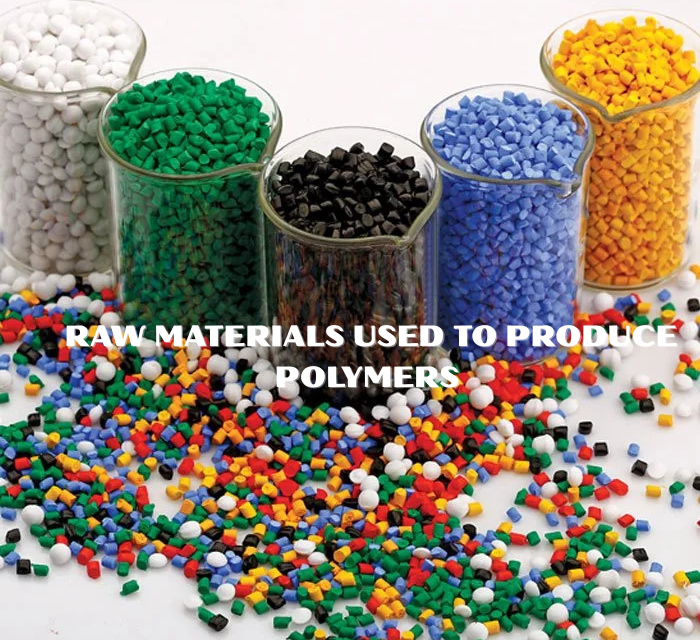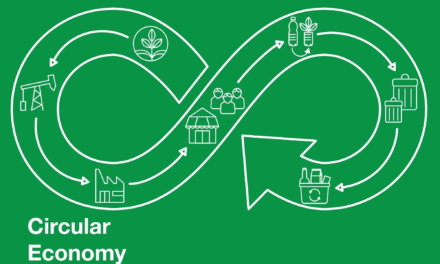The most common raw materials used to produce polymers are monomers, which are small molecules that can be chemically bonded to form long polymer chains. These monomers are typically derived from petrochemical sources or renewable resources. Below are the key raw materials used in polymer production:
1. Ethylene
- Source: Derived from natural gas and petroleum.
- Used for: Production of polyethylene (PE), the most commonly produced polymer globally.
- Applications: Packaging materials, plastic bags, bottles, and toys.
2. Propylene
- Source: Derived from petroleum refining.
- Used for: Production of polypropylene (PP).
- Applications: Automotive parts, packaging, textiles, and consumer products.
3. Styrene
- Source: Derived from petroleum and natural gas.
- Used for: Production of polystyrene (PS).
- Applications: Disposable cutlery, CD cases, and insulation materials.
4. Vinyl Chloride
- Source: Derived from ethylene and chlorine.
- Used for: Production of polyvinyl chloride (PVC).
- Applications: Pipes, flooring, window frames, and electrical cables.
5. Acrylic Acid
- Source: Derived from propylene or bio-based feedstocks.
- Used for: Production of polyacrylate and superabsorbent polymers.
- Applications: Diapers, water treatment, and paints.
6. Terephthalic Acid (PTA)
- Source: Derived from petroleum-based chemicals like paraxylene.
- Used for: Production of polyethylene terephthalate (PET).
- Applications: Plastic bottles, fibers for clothing, and food containers.
7. Butadiene
- Source: Derived from petroleum and natural gas.
- Used for: Production of synthetic rubber (e.g., styrene-butadiene rubber, butyl rubber).
- Applications: Tires, automotive parts, and industrial products.
8. Caprolactam
- Source: Derived from petroleum-based chemicals.
- Used for: Production of nylon 6.
- Applications: Fabrics, carpets, and engineering plastics.
9. Lactic Acid
- Source: Derived from renewable resources such as corn or sugarcane.
- Used for: Production of polylactic acid (PLA).
- Applications: Biodegradable plastics, medical products, and food packaging.
10. Isocyanates
- Source: Derived from petrochemical feedstocks.
- Used for: Production of polyurethanes.
- Applications: Insulation, adhesives, coatings, and foam products.
11. Furan and Lignin
- Source: Derived from biomass (renewable resources).
- Used for: Production of bio-based polymers, such as polyfurans and lignin-based polymers.
- Applications: Sustainable alternatives to traditional petroleum-based polymers.
12. Methacrylic Acid
- Source: Derived from propylene or bio-based feedstocks.
- Used for: Production of polymethyl methacrylate (PMMA).
- Applications: Optical lenses, signage, and displays.
13. Amino Acids
- Source: Derived from biological materials like plants or animals.
- Used for: Production of biopolymers like polyhydroxyalkanoates (PHA).
- Applications: Biodegradable plastics, medical and agricultural applications.
These raw materials serve as the building blocks for a wide range of polymers that are used in various industries, from packaging to automotive, healthcare, and electronics. The choice of raw material depends on the desired polymer properties and the specific application requirements.

















